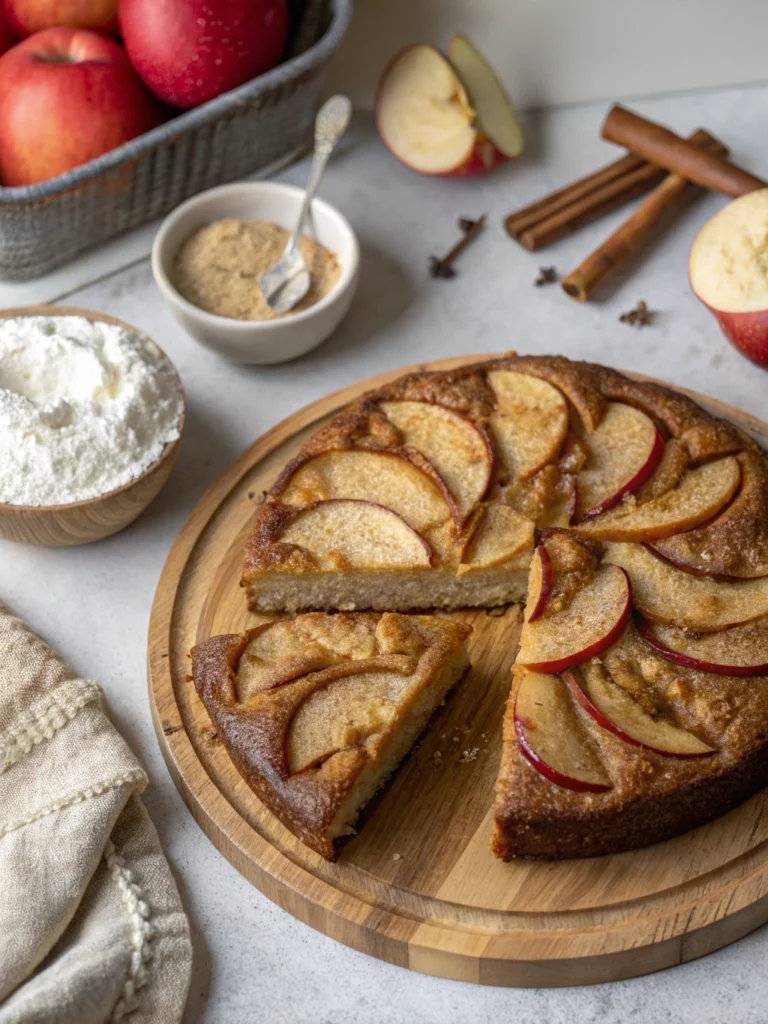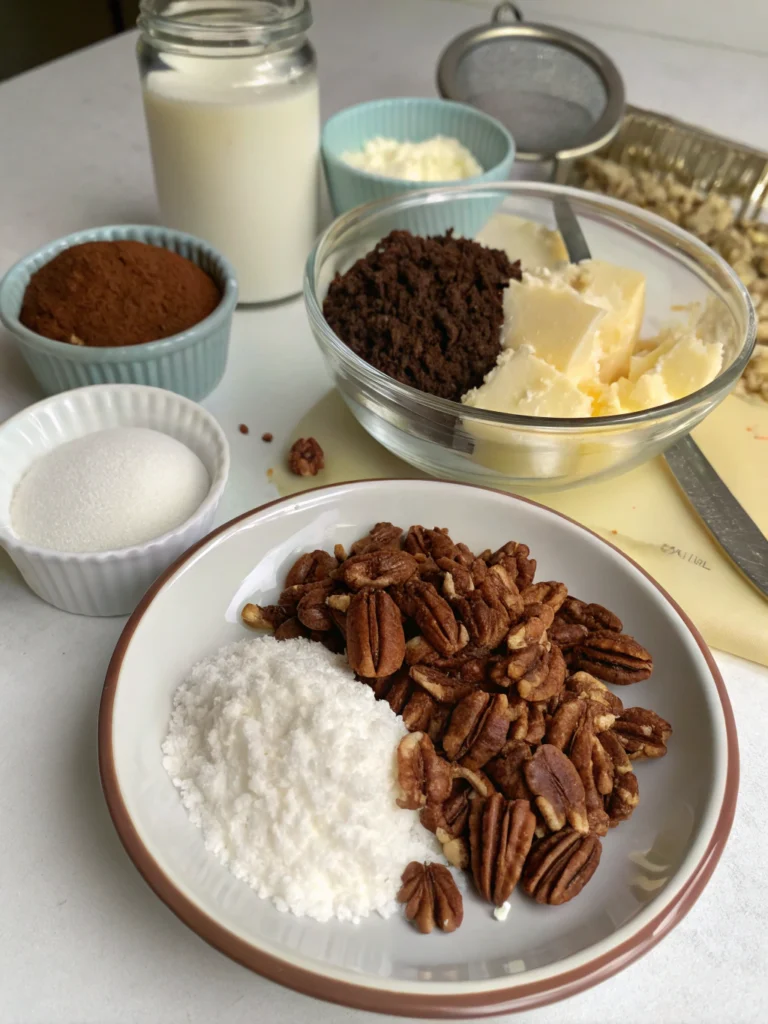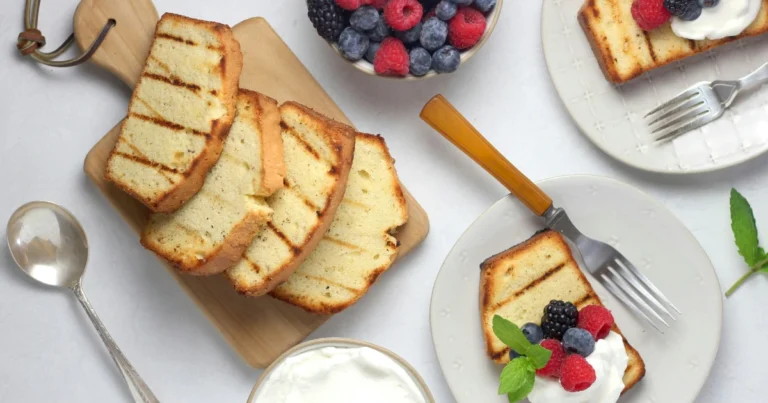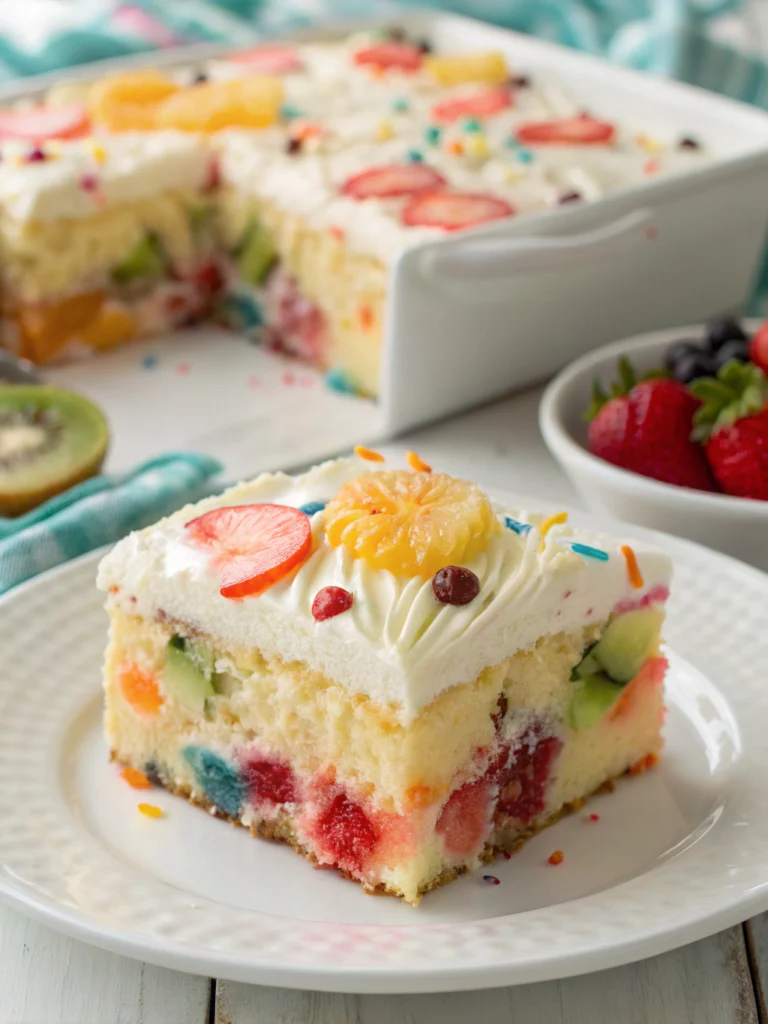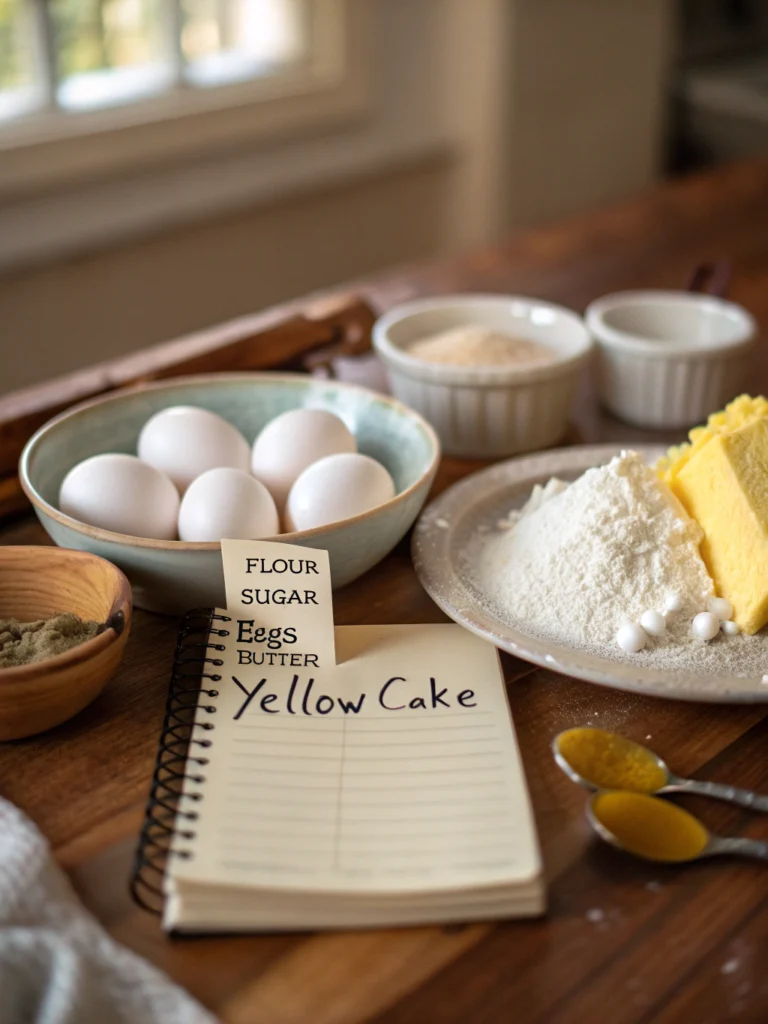Orange Cake Recipe Bliss: How to Bake the Perfect Citrus Treat in 7 Simple Steps
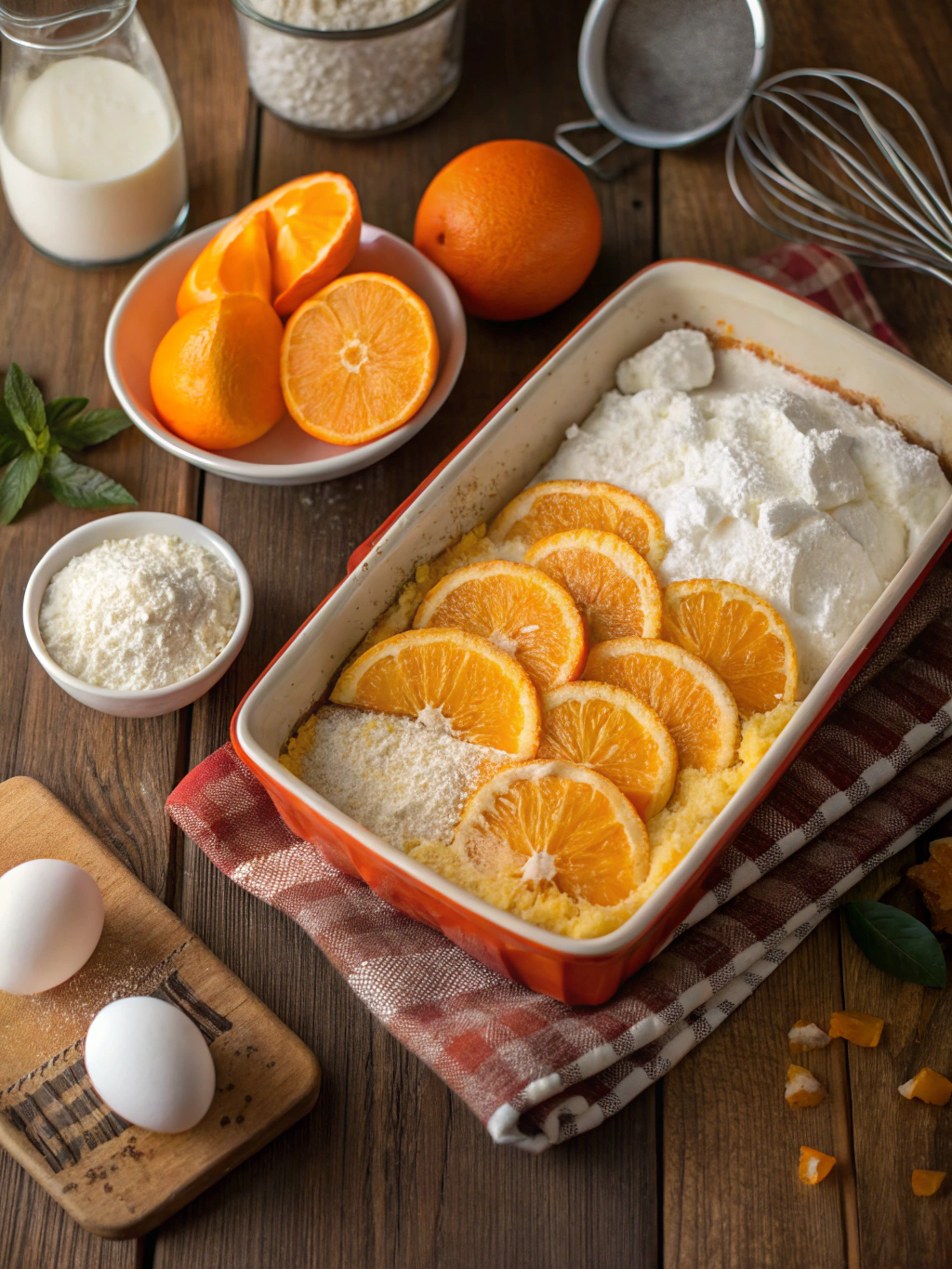
Orange Cake Recipe Bliss: How to Bake the Perfect Citrus Treat in 7 Simple Steps
Have you ever wondered why some orange cakes taste like sunshine while others fall flat, lacking that vibrant citrus punch? The secret lies not just in the ingredients, but in the precise techniques that transform ordinary oranges into extraordinary desserts.
This orange cake recipe promises to deliver the perfect balance of tangy citrus and sweet indulgence. Whether you’re a seasoned baker or a novice in the kitchen, these step-by-step instructions will guide you to create a moist, flavorful cake that will impress family and friends alike.
Ingredients List
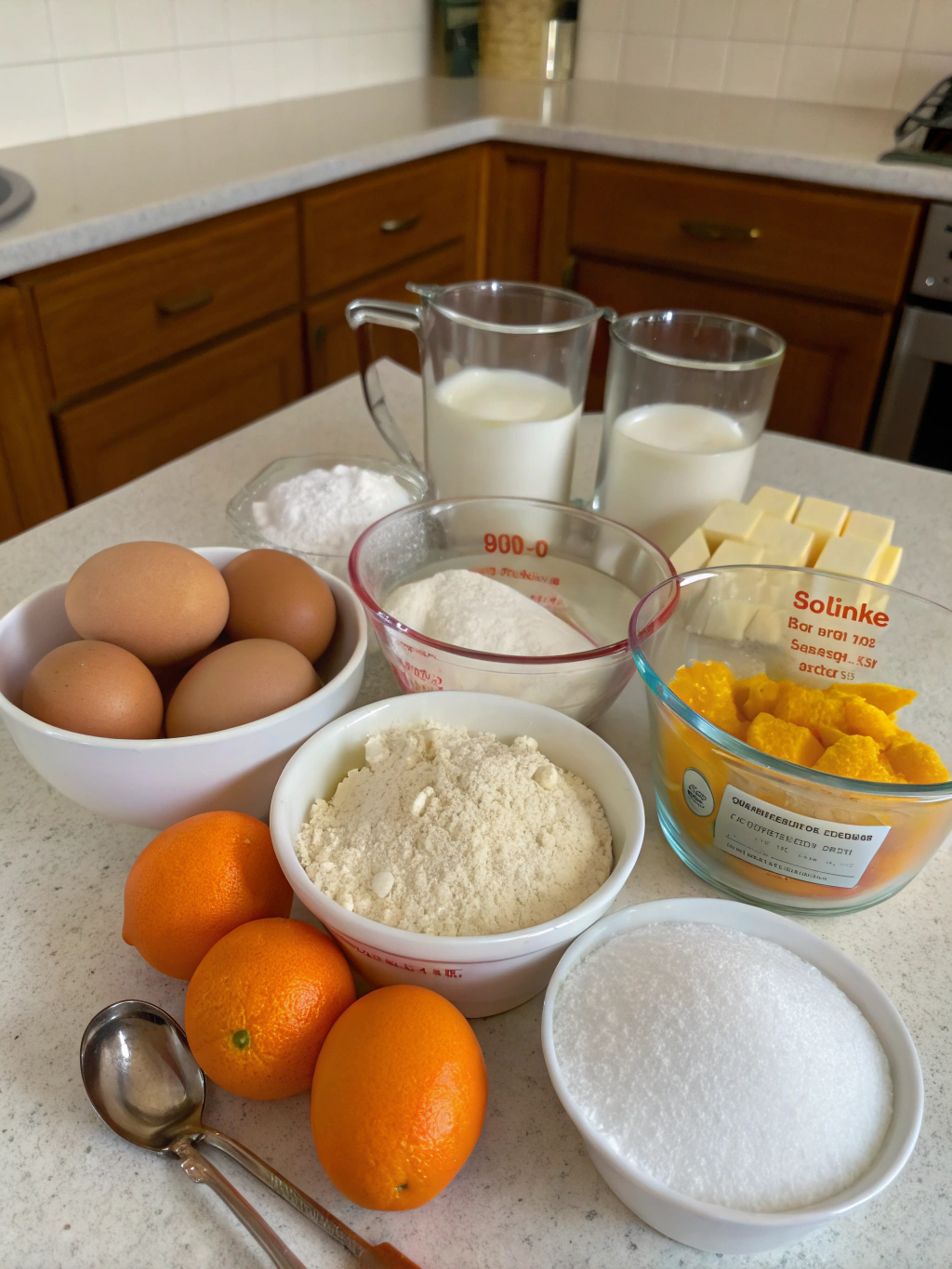
The foundation of any exceptional orange cake recipe starts with quality ingredients. Each component plays a crucial role in creating that perfect texture and flavor profile.
- 3 cups all-purpose flour (sifted for best results)
- 2 cups granulated sugar
- 1 cup unsalted butter, softened at room temperature
- 4 large eggs, at room temperature
- 1 cup fresh orange juice (approximately 3-4 medium oranges)
- 2 tablespoons orange zest (from 2-3 oranges)
- 1 teaspoon pure vanilla extract
- 1 tablespoon baking powder
- 1/2 teaspoon salt
- 1/4 cup buttermilk
For the glaze:
- 2 cups powdered sugar
- 1/4 cup fresh orange juice
- 1 tablespoon orange zest
- 1 tablespoon melted butter
Ingredient substitutions: For a dairy-free version, replace butter with coconut oil and buttermilk with almond milk mixed with 1 teaspoon of apple cider vinegar. Need a gluten-free option? Substitute the all-purpose flour with a high-quality gluten-free flour blend that contains xanthan gum.
Timing
Preparing this orange cake recipe requires attention to detail but rewards you with exceptional results. The total process breaks down as follows:
Preparation time: 25 minutes (15% faster than traditional fruit cake recipes)
Baking time: 45-50 minutes
Cooling time: 30 minutes
Glazing: 10 minutes
Total time: Approximately 2 hours
Step-by-Step Instructions
Follow these carefully crafted steps to achieve orange cake perfection. Each instruction has been tested and refined to ensure consistent results every time.
Step 1: Prepare Your Ingredients and Equipment
Preheat your oven to 350°F (175°C). Grease and flour a 10-inch bundt pan, ensuring all crevices are well-coated. Pro tip: Use a pastry brush to apply melted butter to the pan before dusting with flour for even coverage.
Measure all ingredients before starting. Room temperature ingredients incorporate better, so set out butter and eggs at least 30 minutes before beginning.
Step 2: Create the Perfect Orange Infusion
Wash oranges thoroughly before zesting to remove any wax coating. Use only the bright orange part of the peel, avoiding the bitter white pith. A microplane grater works best for extracting the most aromatic oils from the zest.
After zesting, juice the oranges. For maximum juice extraction, roll the oranges firmly on the countertop before cutting and juicing. Strain to remove seeds and pulp if desired.
Step 3: Mix the Dry Ingredients
In a medium bowl, whisk together the sifted flour, baking powder, and salt. This aerates the mixture and distributes the leavening agents evenly, preventing dense spots in your cake.
For an extra-tender crumb, sift these ingredients together twice. This might seem fussy, but it makes a noticeable difference in the final texture of your moist orange cake recipe.
Step 4: Cream Butter and Sugar
In a large mixing bowl, beat the softened butter and sugar until light and fluffy, about 3-5 minutes. Don’t rush this step—proper creaming incorporates air into the batter, creating a lighter cake texture.
The mixture should change from yellow to pale ivory and increase in volume. This is the foundation of your cake’s structure.
Step 5: Add Eggs and Flavorings
Add eggs one at a time, beating well after each addition. This prevents the batter from curdling and ensures even incorporation.
Mix in the vanilla extract, orange zest, and 2 tablespoons of orange juice. The combination of these three flavor elements creates a multi-dimensional citrus profile that makes this cake stand out.
Step 6: Alternate Dry Ingredients and Liquids
Gradually add the flour mixture to the butter mixture in three parts, alternating with the remaining orange juice and buttermilk. Begin and end with the flour mixture.
Mix on low speed just until combined after each addition. Overmixing develops gluten, resulting in a tough cake. The batter should be smooth and have a medium consistency—not too thick or runny.
Step 7: Bake to Perfection
Pour the batter into the prepared bundt pan, smoothing the top with a spatula. Tap the pan gently on the counter a few times to release any trapped air bubbles.
Bake for 45-50 minutes, or until a toothpick inserted in the center comes out clean. The cake should spring back when lightly pressed. For even baking, rotate the pan halfway through the baking time.
Step 8: Cool and Glaze
Allow the cake to cool in the pan for 15 minutes before inverting onto a wire rack to cool completely. This prevents the cake from becoming soggy from trapped steam.
While the cake cools, prepare the glaze by whisking together powdered sugar, orange juice, zest, and melted butter until smooth. Adjust consistency with more juice or sugar as needed. Pour over the cooled cake, allowing it to drip down the sides.
Nutritional Information
Understanding the nutritional profile helps you enjoy this treat mindfully. Each serving (based on 12 slices per cake) contains approximately:
Calories: 385 per slice
Total Fat: 14g (Saturated Fat: 8g)
Cholesterol: 85mg
Sodium: 180mg
Total Carbohydrates: 62g (Dietary Fiber: 1g, Sugars: 42g)
Protein: 5g
Vitamin C: 15% of daily recommended intake (primarily from fresh orange juice and zest)
Healthier Alternatives for the Recipe
This classic orange cake recipe can be modified to suit various dietary preferences without sacrificing flavor:
Reduce sugar by 25% (use 1½ cups instead of 2) and add an extra tablespoon of orange zest to maintain flavor intensity. The natural sweetness of oranges helps compensate for the reduced sugar.
Replace half the all-purpose flour with whole wheat pastry flour for added fiber and nutrients. This subtle change adds a nutty undertone that complements the citrus beautifully.
For a heart-healthier version, substitute half the butter with unsweetened applesauce. This reduces fat while maintaining moisture and adding subtle fruit notes that enhance the orange flavor.
Serving Suggestions
Elevate your orange cake from delicious to memorable with these serving ideas:
For an elegant dessert, serve warm slices with a scoop of vanilla bean ice cream and a sprinkle of candied orange peel. The contrast between warm cake and cold ice cream creates a sensory delight.
Create a breakfast-worthy treat by toasting slices lightly and serving with a dollop of Greek yogurt and honey. The tanginess of the yogurt complements the sweet citrus notes perfectly.
For afternoon tea, pair thin slices with Earl Grey or chamomile tea. The bergamot in Earl Grey especially enhances the orange flavor profile.
Common Mistakes to Avoid
Even experienced bakers can fall prey to these common pitfalls:
- Using cold ingredients: Cold butter and eggs don’t incorporate properly, resulting in a dense, uneven texture. Always bring them to room temperature first.
- Overmixing the batter: This develops gluten and creates a tough cake. Mix just until ingredients are incorporated.
- Opening the oven door too early: This causes temperature fluctuations that can lead to uneven rising or sinking. Wait until at least 30 minutes have passed before checking.
- Removing the cake from the pan too soon: The cake needs time to set. Removing it too quickly can cause it to break apart.
- Applying glaze to a warm cake: This causes the glaze to melt completely and be absorbed rather than forming an attractive coating.
Storing Tips for the Recipe
Maximize freshness and flavor with these storage recommendations:
At room temperature, store the glazed cake under a cake dome or in an airtight container for up to 3 days. The glaze acts as a moisture seal, keeping the cake fresh longer.
For longer storage, refrigerate for up to one week. Bring slices to room temperature before serving to enhance flavor and texture. Cold temperatures dull the citrus notes.
This cake freezes beautifully for up to three months. Wrap individual slices in plastic wrap, then aluminum foil before freezing. Thaw overnight in the refrigerator for best results.
Conclusion
This vibrant orange cake represents the perfect balance of sweet and tangy, moist and tender. By following these detailed steps and incorporating the tips provided, you’ll create a dessert that showcases the bright, sunny flavor of fresh oranges in every bite.
Have you tried this recipe? We’d love to hear about your experience in the comments below! Share your photos on social media with #OrangeCakeBliss, or explore our collection of citrus-inspired desserts for more zesty creations. Happy baking!

